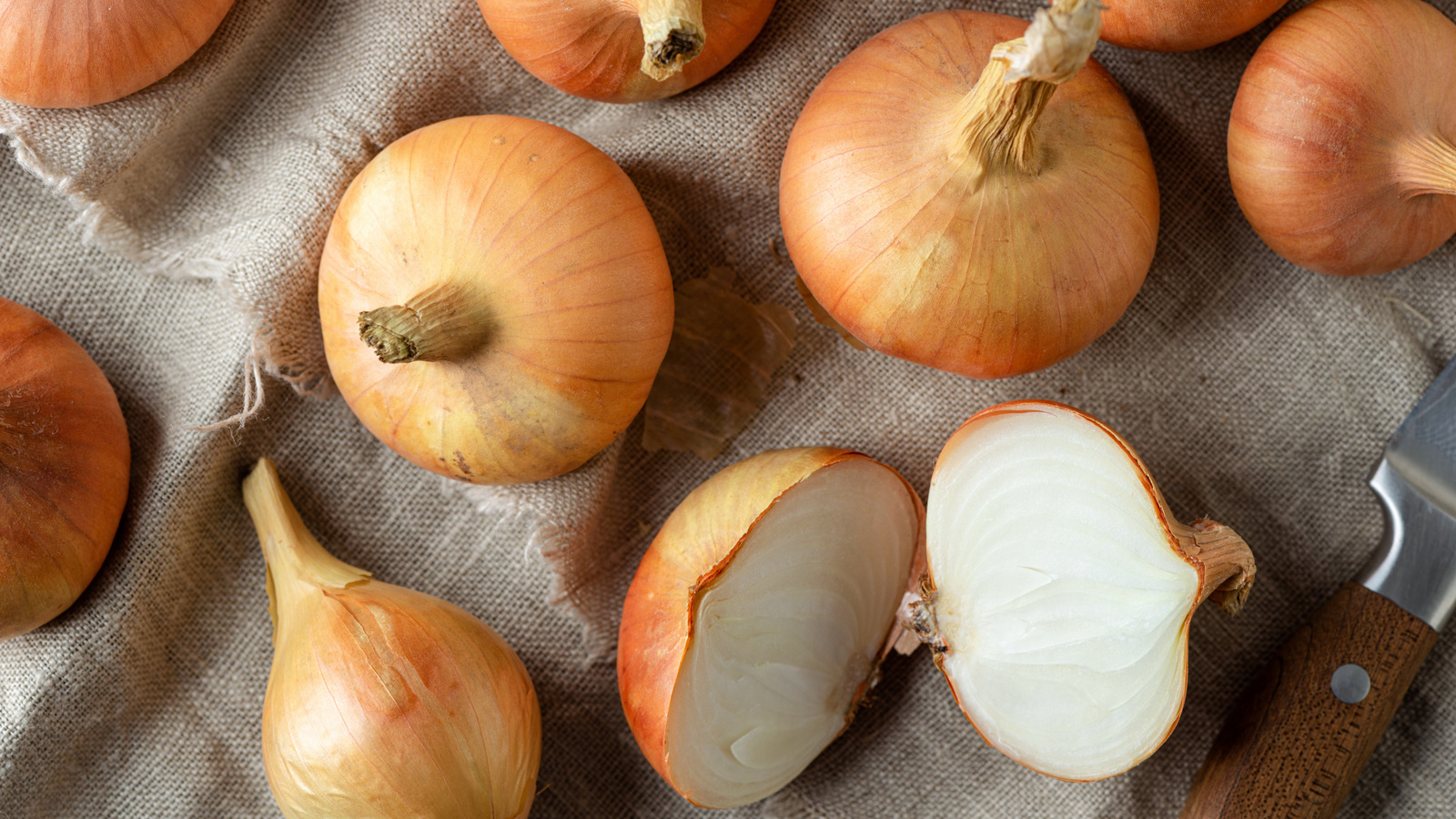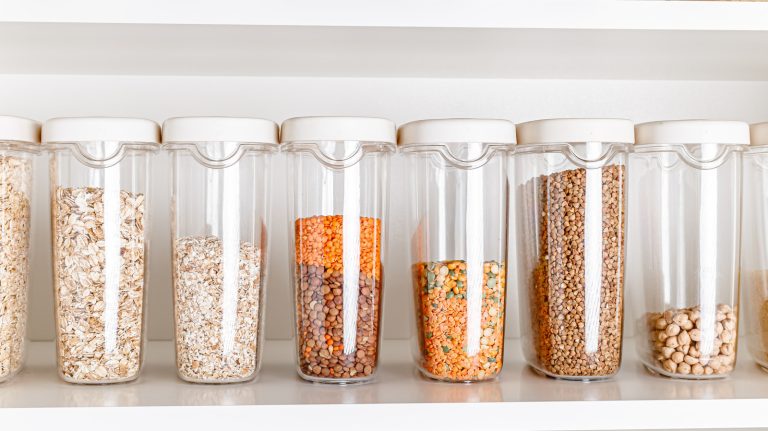Onions might not seem like a hot commodity, but they’re one of the most essential ingredients in kitchens around the world. Stir-fries, curries, stews, sauces — you name it, and onions are probably in it. So it makes sense that several countries grow them in massive quantities to meet nonstop demand. But here’s the twist: The country that produces the most onions in the world isn’t the United States, and it’s not China either. It’s India.
According to World Population Review, India grew 37.1 million metric tons of onions in 2022 — more than any other nation on Earth. For scale, that’s nearly 82 billion pounds of onions. That’s a staggering figure, and while some of those onions are exported, most stay right at home. In a country of over a billion people, where onions form the base of everything from chana masala to crispy onion bhajis, it’s easy to see why demand is sky-high.
To meet that kind of year-round need, onions in India are grown in three waves — with the spring harvest, known as the Rabi crop, being the most important. These onions are stored and gradually sold to keep supply stable, especially during months when fresh harvests aren’t available. It’s a delicate system, and when it runs smoothly, onions stay affordable. But when it doesn’t, prices can spiral out of control quickly.
Onions are a serious issue in India
India’s title as the world’s largest onion producer wouldn’t be possible without two key states: Maharashtra and Madhya Pradesh. Located in central and western India, they account for over half of the country’s total onion output. Maharashtra, in particular, is home to Lasalgaon, Asia’s largest onion market — a place where prices don’t just reflect supply and demand, but often set the tone for the entire nation.
But large harvests don’t always guarantee stability. Despite strong yields, onion prices in India often swing sharply due to weather, storage issues, or shifts in supply. And because onions are deeply woven into Indian culture — from rural farms to urban kitchens — price spikes are more than just an inconvenience. They hit millions of households where it hurts, making onion prices a political issue. A failed crop or poor storage season can spark protests, backlash, and even shifts in government policy.
In recent years, the central government has imposed export bans to protect domestic supply and released emergency stocks from buffer reserves — a move typically reserved for essentials like rice or wheat. In India, onions don’t just flavor the food — they shape public sentiment. When the onion market sneezes, the whole country catches a cold. And that’s exactly what makes being the world’s top producer not just a point of pride, but also a heavy responsibility.






